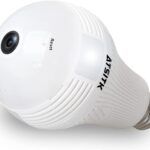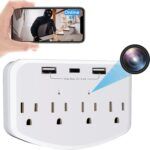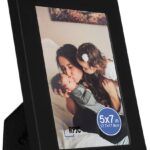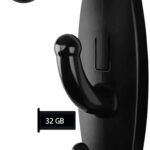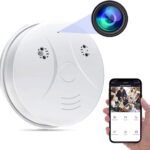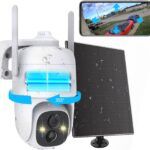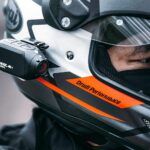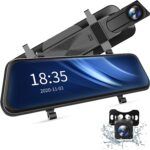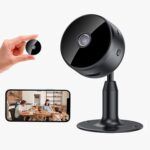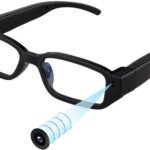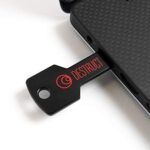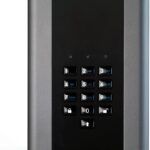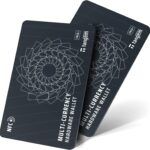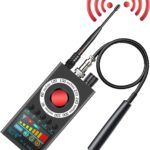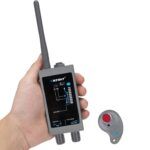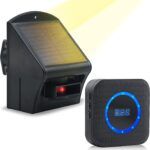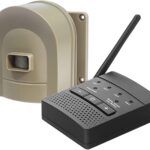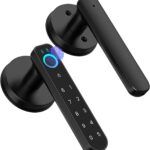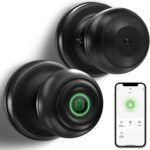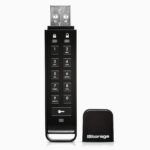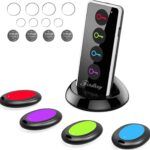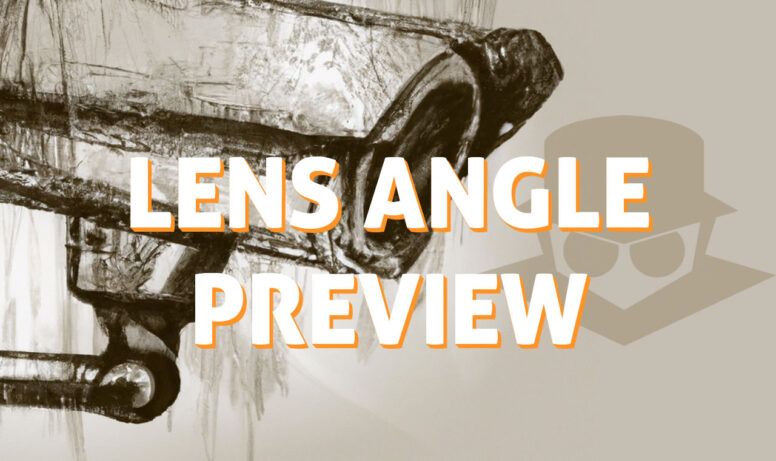Our camera lens angle preview is a custom-built tool designed to give you a visual preview of how wide your camera lens is.
Simply move the slider in the tool below to see lens angle in degrees and field of view of your camera.
Keep in mind our tool is merely a preview and actual results may vary.
Placement of the camera is important as well. As you can see from the picture below, even a 90° surveillance camera can cover an entire room if placed correctly in a corner.
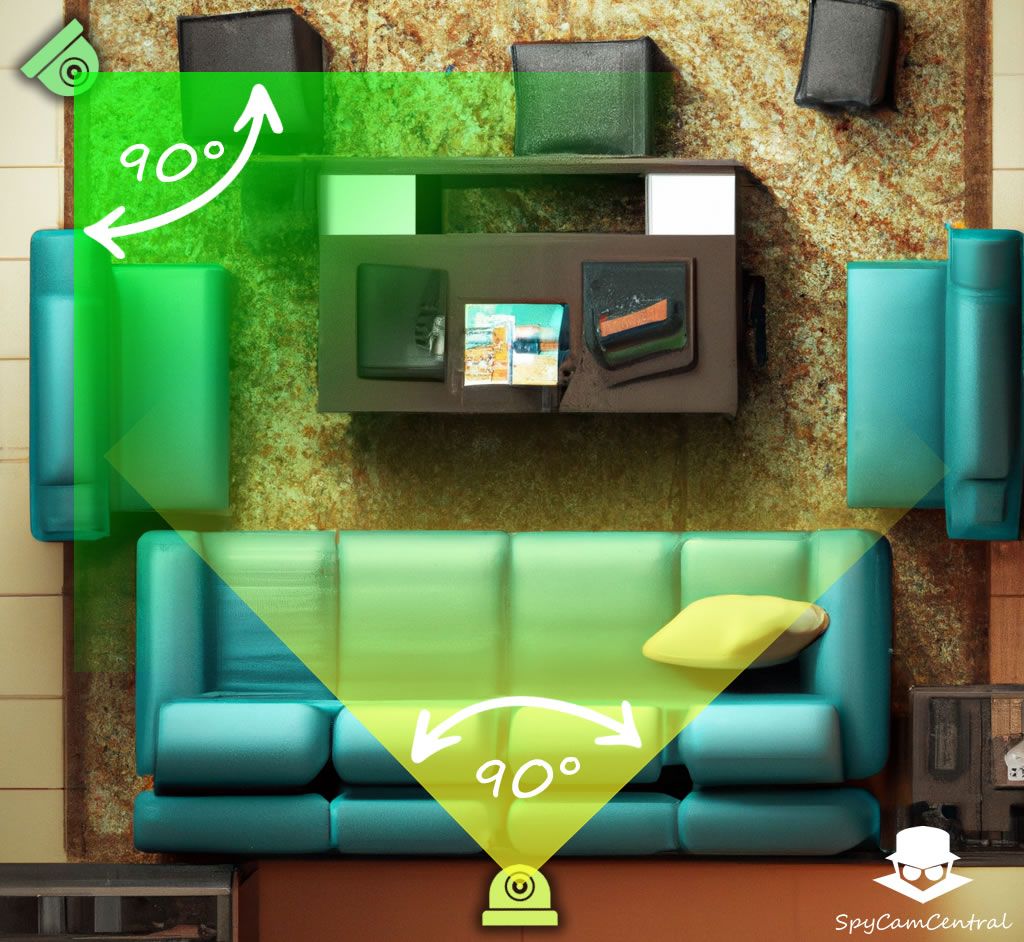
Hidden camera with wider lens angle allows you greater freedom in placement. It’s always a good idea to get a wider field of view, but depending on your particular needs it may not always be necessary.
Embed our Lens Angle Preview Tool
If you want to add our lens preview tool to your own website, you can use our simple embed code.
<iframe src="https://spycamcentral.com/tool/lens-preview.htm" loading="lazy" frameborder="0" width="100%"></iframe>More information on how to use this code and terms of use can be found on our main Tools page.
Lens Angle FAQs
- What is camera lens angle?
The camera lens angle, also known as the camera’s field of view, refers to the extent of the observable scene that can be captured by the camera lens. The angle of the lens determines how much of the scene will be visible in the final image or video. This can range from a narrow view, which captures a small portion of the scene in detail, to a wide-angle lens, which captures a much larger area but with less detail.
The camera lens angle is a critical factor in determining the type of camera to use for a specific application. For example, if the goal is to monitor a large area like a parking lot, a wide-angle lens is the best choice. On the other hand, if the goal is to capture specific details like a person’s face, a narrow-angle lens would be better suited. Understanding camera lens angle is essential for any photographer, videographer, or security system installer who wants to capture the right shot at the right time.
- Is there a difference between camera's lens angle and field of view?
While the terms “camera lens angle” and “field of view” are often used interchangeably, they technically refer to two different aspects of a camera’s view. The lens angle typically refers to the angle of view that the camera’s lens can capture, measured in degrees. The wider the lens angle, the more of the scene the camera can capture in a single frame. On the other hand, the field of view (FOV) refers to the area that is visible in the camera’s frame, which can be influenced not only by the lens angle but also by factors such as the camera’s sensor size and aspect ratio.
In practice, the terms lens angle and field of view are often used interchangeably, and both are important considerations when selecting a camera for a specific use case. A wider lens angle can be useful for capturing more of the scene in a single frame, while a narrower lens angle can be more appropriate for zooming in on specific details. Similarly, a larger field of view can provide more context for the scene being captured, while a narrower field of view can help to reduce visual clutter and focus attention on specific subjects.
- How do I determine the lens angle I need for my camera?
Choosing the right lens angle for your security camera depends on several factors, such as the desired field of view, the distance between the camera and the subject, and the camera’s image sensor size. A wider lens angle will capture a larger field of view, while a narrower lens angle will capture a smaller field of view but will appear to be zoomed in.
One way to determine the lens angle you need is to consider the area you want to capture and measure the distance between the camera and the subject. Then, use an online lens calculator to determine the lens angle that will provide the desired field of view. Additionally, you can experiment with different lens angles to find the best fit for your specific needs.
- What is the difference between a wide-angle lens and a telephoto lens?
Wide-angle lenses and telephoto lenses are two popular types of camera lenses, each with its own set of characteristics and purposes. A wide-angle lens has a short focal length and a wide field of view, allowing you to capture a larger area in a single shot. These lenses are ideal for landscape and architectural photography, as they can capture a wide expanse of scenery in a single frame. However, they may also result in some distortion at the edges of the image.
On the other hand, a telephoto lens has a longer focal length and a narrower field of view, making it ideal for capturing distant subjects. These lenses are commonly used for wildlife and sports photography, as they allow you to zoom in on the action from a distance. Telephoto lenses also tend to produce a shallower depth of field, resulting in a blurred background and bringing the subject into focus.
- What is a fisheye lens?
A fisheye lens is a type of ultra-wide-angle lens that produces a distinctively curved, distorted image that looks like it was captured through a fish-eye. It is named so due to the visual similarity of the distorted image to a fish’s eye. Fisheye lenses have a very short focal length and a wide field of view, usually over 180 degrees. They are used for creative purposes in photography and videography to capture panoramic views, unusual perspectives, and dramatic images.
There are two types of fisheye lenses: circular and diagonal. Circular fisheye lenses capture a circular image with black borders around it, while diagonal fisheye lenses fill the entire frame with the distorted image. Fisheye lenses are widely used in action sports photography, astrophotography, and architectural photography to capture a unique and immersive view of the subject.
- Can I adjust the camera lens angle or field of view after installation?
The ability to adjust camera lens angle or field of view after installation will depend on the type of camera and the mounting position. Fixed lens cameras cannot be adjusted once installed, while some cameras with motorized zoom lenses can be remotely adjusted to change the field of view. Dome cameras, which are often installed on ceilings, typically have an adjustable lens that can be tilted and panned to adjust the viewing angle.
In some cases, it may be possible to change the lens of the camera to adjust the field of view. However, this requires a compatible lens and knowledge of camera lens installation, which should be performed by a professional. It is always recommended to plan and choose the appropriate lens before installation to ensure that the camera covers the desired area.
- How does the camera lens angle affect image distortion?
The camera lens angle can significantly affect image distortion in photos or video footage. A lens with a wide angle of view, such as a fisheye lens, can capture more of the scene in a single frame than a lens with a narrow angle of view, such as a telephoto lens. However, wide-angle lenses can create distortion in images by making the objects in the center of the frame appear larger than the objects at the edges of the frame. This is called barrel distortion, and it creates a bulging effect in the center of the image.
On the other hand, lenses with a narrow angle of view, such as telephoto lenses, are less likely to create distortion in images. This is because they compress the scene, making objects appear closer together than they actually are. However, telephoto lenses may create a slight amount of pincushion distortion, which creates a concave effect in the center of the image. Understanding how the camera lens angle affects image distortion can help photographers and videographers choose the right lens for their specific needs.
- What is the recommended lens angle for indoor surveillance?
The recommended lens angle for indoor surveillance depends on the size and layout of the space being monitored. A wider lens angle is often preferred to capture more of the room, but this can lead to more distortion and a fish-eye effect. A narrower lens angle can reduce distortion, but may not capture as much of the room.
In general, a lens angle between 60 and 90 degrees is recommended for indoor surveillance in most scenarios. This provides a good balance between capturing a wide enough field of view and minimizing distortion. However, it’s important to consider factors such as the size and shape of the room, the location of entry and exit points, and any specific areas of interest that need to be monitored. Consulting with a professional security installer can help ensure that the right lens angle is selected for optimal coverage and image quality.
- What is the recommended lens angle for outdoor surveillance?
The recommended lens angle for outdoor surveillance depends on the specific requirements of the area being monitored. Generally, a wide-angle lens is preferred for outdoor surveillance as it provides a broader field of view and enables monitoring of a larger area. A wider angle lens also helps to capture more details and provides a better situational awareness. However, it is important to note that a wider angle lens can also result in more distortion and reduce the clarity of the image.
On the other hand, a narrower angle lens such as a telephoto lens can be used to monitor a specific area with more detail, such as a parking lot or a building entrance. This type of lens is especially useful when the area being monitored is far away from the camera. In general, selecting the appropriate lens angle for outdoor surveillance involves balancing the need for a wider field of view with the need for clarity and detail in specific areas.
- What is the maximum viewing angle for a security camera?
The maximum viewing angle for a security camera depends on the type of lens used. A standard security camera lens usually has a maximum viewing angle of around 90 to 110 degrees, which is suitable for monitoring a specific area such as a doorway or hallway. Wide-angle lenses, on the other hand, can have a viewing angle of up to 180 degrees or more, allowing for a much wider field of view.
However, it’s important to note that while a wider angle lens can provide more coverage, it can also result in more distortion and a decrease in image quality. In addition, the maximum viewing angle that is appropriate for a security camera will also depend on factors such as the size and layout of the area being monitored, as well as the specific security needs of the location.
- How does the camera lens angle affect the depth of field?
The camera lens angle can have a significant impact on the depth of field, which is the distance range in a photo that appears to be in sharp focus. A wide-angle lens can create a greater depth of field, meaning that more of the scene will be in focus, from the foreground to the background. This can be useful in landscape or architectural photography, where you want everything in the frame to be sharp and in focus. On the other hand, a telephoto lens can create a shallower depth of field, meaning that only a small portion of the scene will be in focus, while the rest of the image will appear blurry. This can be useful in portrait or wildlife photography, where you want the subject to stand out from the background.
In surveillance applications, the depth of field can also be an important consideration. For example, a wide-angle lens with a large depth of field can be useful for capturing a broad area, while a telephoto lens with a shallow depth of field can be useful for focusing on specific details or objects within the scene.
- What is the minimum and maximum distance for capturing clear images with a specific lens angle?
The minimum and maximum distance required for capturing clear images with a specific lens angle can vary depending on various factors, such as the type of lens, aperture, and focal length. A general rule of thumb is that the shorter the focal length, the closer you can get to the subject while still maintaining sharp focus. However, this also means that the depth of field will be shallower, which can result in more blur in the background. Conversely, a longer focal length will allow you to capture images from a greater distance but may result in a narrower field of view.
To determine the minimum and maximum distance required for capturing clear images with a specific lens angle, you can use a depth of field calculator, which takes into account the aperture, focal length, and other relevant factors. By entering these parameters, you can determine the hyperfocal distance, which is the distance at which everything from half of that distance to infinity will be in focus. This can help you ensure that your subject is in sharp focus and that the background is blurred appropriately.
- How does the camera's sensor size affect the lens angle?
The camera’s sensor size can affect the lens angle and the overall field of view. The sensor size determines the amount of light that is captured by the camera, and larger sensors are capable of capturing more light, resulting in a larger field of view.
For example, a full-frame camera has a larger sensor than a crop-sensor camera, which means that the same lens on the full-frame camera will capture a wider field of view than on the crop-sensor camera. This is because the smaller sensor crops the edges of the image, resulting in a narrower field of view.
In general, a larger sensor size will allow for wider angles, while smaller sensors may require more specialized lenses to achieve the same field of view. It’s important to consider the sensor size when choosing a lens for your camera to ensure that you get the desired field of view.
- How do I calculate the lens angle and field of view for my camera?
To calculate the lens angle and field of view for your camera, you will need to know the focal length of your lens and the sensor size of your camera. With this information, you can use an online calculator or a mathematical formula to determine the angle of view and field of view.
One common formula for calculating the angle of view is the tangent formula, which states that the angle of view is equal to 2 times the inverse tangent of half the sensor width divided by the focal length. To calculate the field of view, you can multiply the angle of view by the distance from the camera to the subject. Keep in mind that these calculations are only approximate and can be affected by factors such as lens distortion and the curvature of the image plane.
More tools
Don’t forget to take a look at our Resolutions Calculator and Data Storage Calculator tools as well. These can help you determine video and photo resolutions of your camera, or calculate how much storage space you need per hour of video footage depending on your camera’s specifications.


